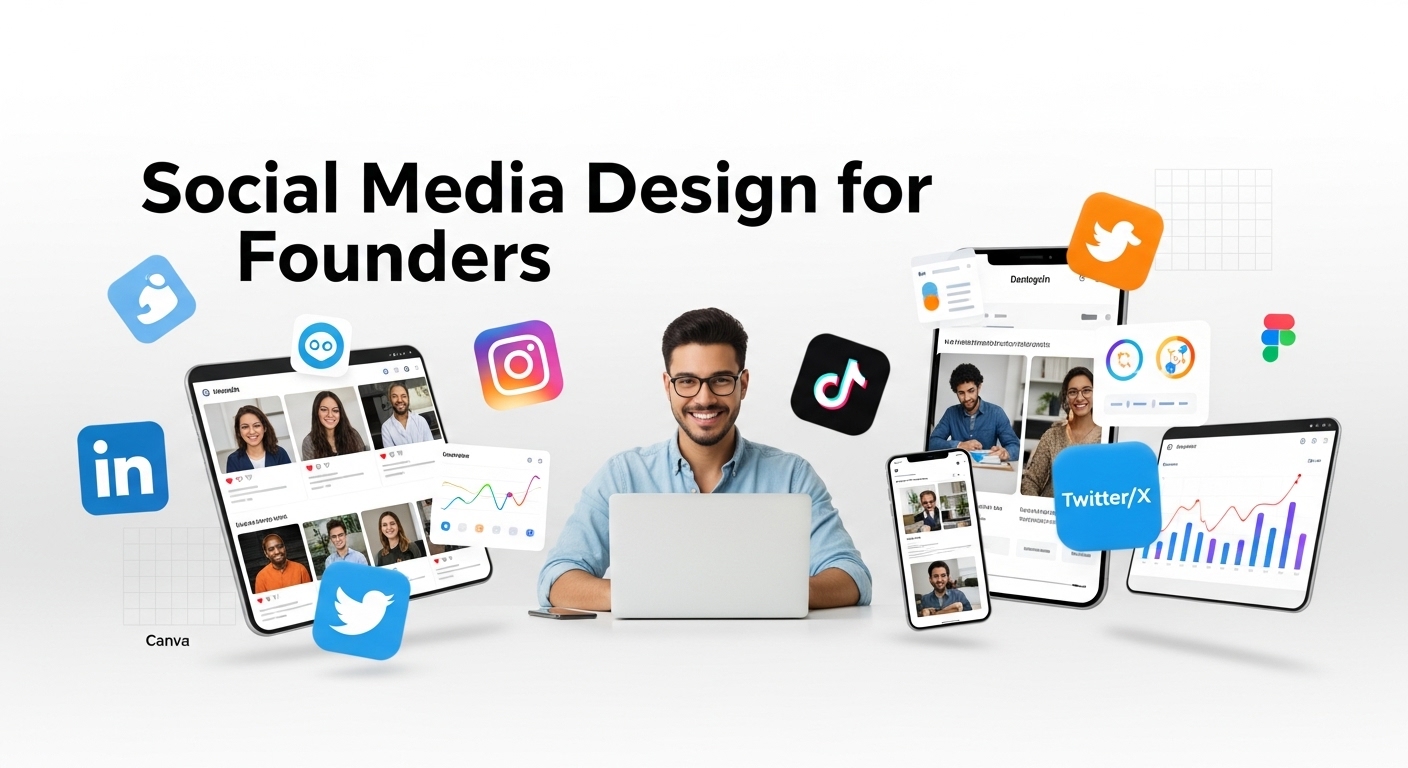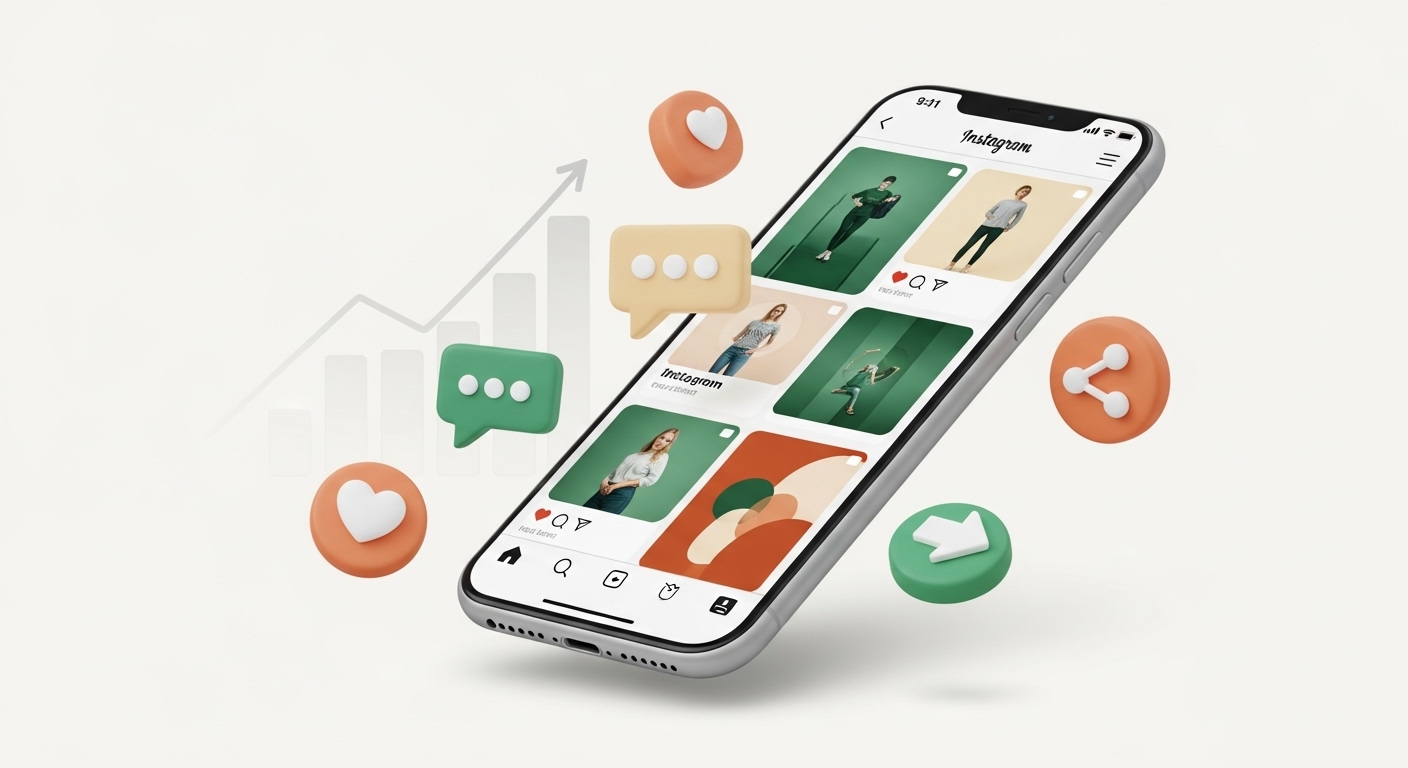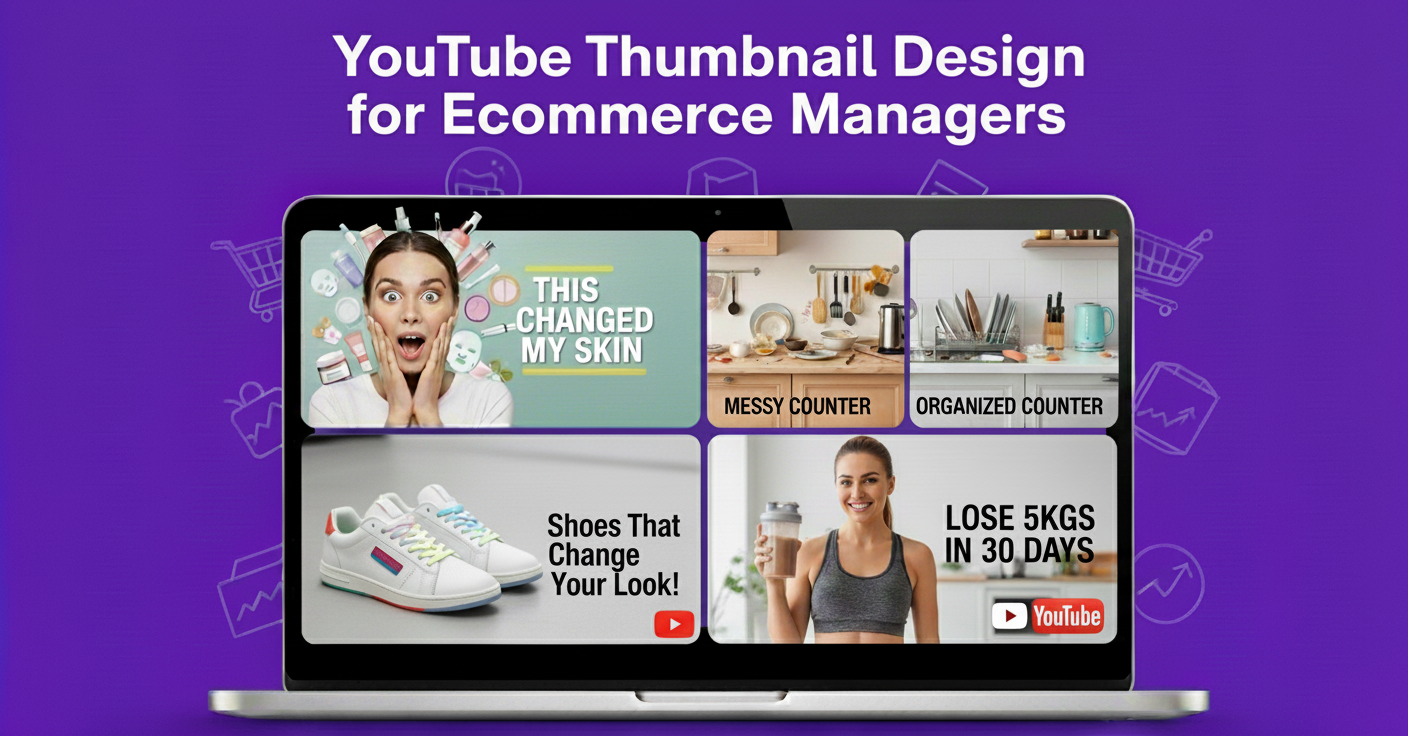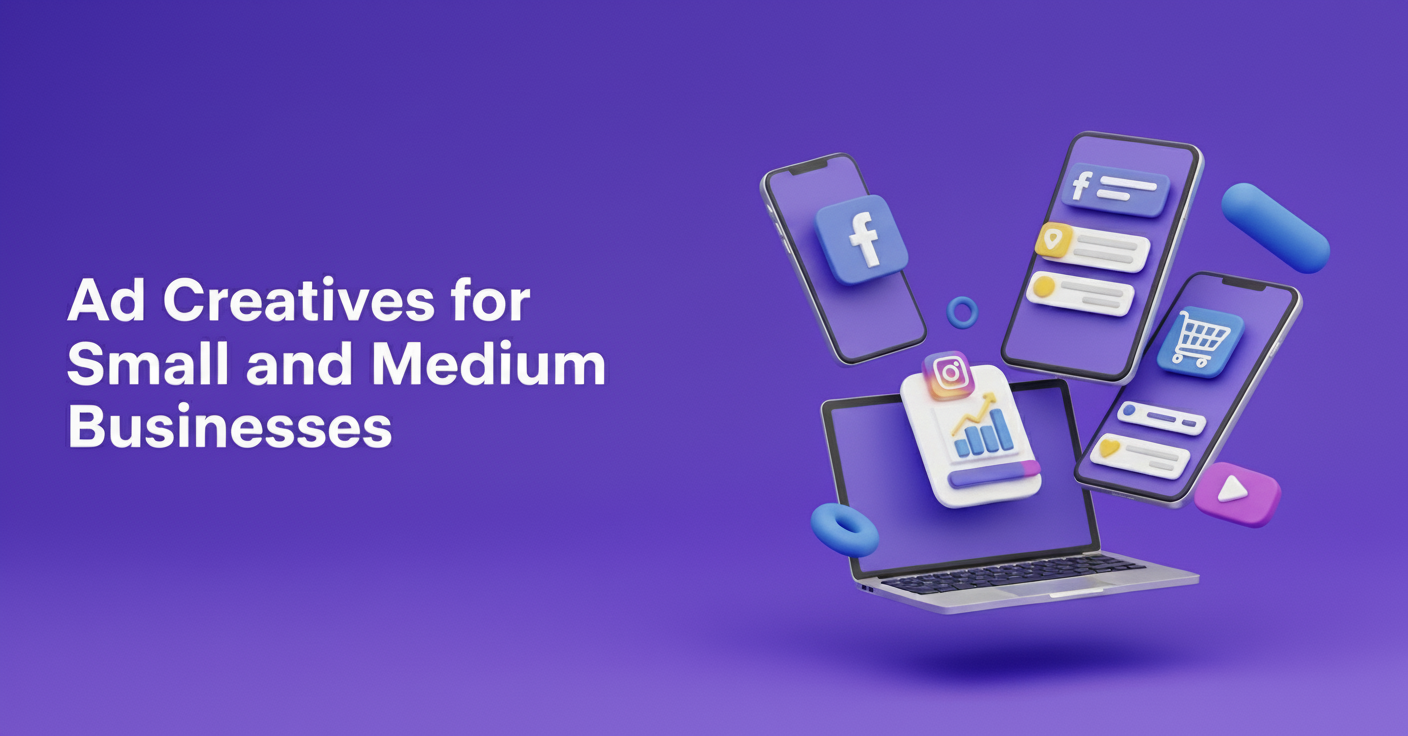If you’re a founder in 2025, your brand’s first impression is likely not your product, pitch deck, or landing page it’s your social media. Before anyone books a demo, visits your site, or reads your bio, they scroll. And if your visual presence isn’t polished, memorable, and on-brand, you’re already behind.
In a world where 90% of first impressions are visual and attention spans last mere seconds, social media design is your secret growth engine. The good news? You don’t need a big budget or an in-house designer to win online you just need strategy, structure, and scroll-stopping design
This guide dives deep into how startup founders and solopreneurs can use design to stand out on platforms like LinkedIn, Instagram, Twitter/X, and TikTok without needing a full creative team.
TL;DR
- In 2025, your social media presence is your startup’s storefront. Before users explore your site or product, they judge your brand by its visual content.
- This blog guides founders on how to craft high-impact social media designs using platforms like LinkedIn, Instagram, Twitter/X, and TikTok.
- Learn how to stop the scroll with the SPARK framework, balance DIY design tools vs. unlimited design services, and build a recognizable visual identity that drives trust, engagement, and conversions—even without a full design team.
Why Social Media Design for Founders Is Non-Negotiable in 2025
- The data is stark: founders with strong visual branding raise funding 40% faster than those without.
- Trust Formation: Consistent visual branding increases credibility by (Stanford Persuasive Technology Lab, 2024). When investors or customers see polished, professional content, they assume your product is equally refined.
- Organic Reach Amplification: The latest algorithm updates across LinkedIn, Instagram, and Twitter heavily favor visually engaging content.
- Storytelling Acceleration: Visual hierarchy, strategic use of colors, fonts, and layout—can communicate complex ideas in seconds. This is crucial when you have limited time to explain your startup’s value proposition.
- Community Building: Behind-the-scenes design content creates authentic connections. Founders who share their design process see higher comment rates and stronger community engagement.
How Social Media Design for Founders Impacts Credibility and Growth
The design is more than decoration it’s a signal of credibility. For founders, especially in early-stage startups, well-executed social media design instantly communicates professionalism, attention to detail, and brand maturity.
A Stanford study found that 46% of people judge credibility based on visual design alone. Consistent branding can increase revenue by up to 23% according to Lucidpress studies.
High-quality visuals not only capture attention but also convey that your startup is thoughtful, reliable, and ready to scale. In short, great design doesn’t just attract followers it attracts opportunities.
Choosing the Right Platforms for Visual Impact
Most founders make the mistake of trying to be everywhere. Instead, use this decision framework
LinkedIn: The Authority Engine
- Best for: B2B startups, thought leadership, investor relations
- Content that converts: Data-driven carousels, industry insights, behind-the-scenes company updates
- Design specifications: 1080x1080px for carousels, 1200x627px for single images
- Success metric: Quality of connections and engagement from your target audience
Instagram: The Culture Canvas
- Best for: Consumer brands, lifestyle products, team culture
- Content that converts: Product demos, team moments, user-generated content
- Design specifications: 1080x1080px posts, 1080x1920px Reels and Stories
- Success metric: Saves, shares, and DM conversations
Twitter/X: The Conversation Starter
- Best for: Real-time updates, industry commentary, building in public Content that converts: Quick insights, thread summaries, product announcements
- Design specifications: 1200x675px images, 1080x1080px for quote cards
- Success metric: Retweets, replies, and profile visits
TikTok: The Viral Multiplier
- Best for: Consumer products, Gen Z audiences, creative storytelling Content that converts: Product demos, day-in-the-life content, trend participation
- Design specifications: 1080x1920px vertical videos
- Success metric: Shares, duets, and follower growth velocity
See the latest visual content trends in Hootsuite’s 2025 Social Media Report
The SPARK Framework: Design That Converts
After studying hundreds of high-performing founder posts, I’ve identified five elements that make content irresistible
S – Stop the Scroll
Your first 0.3 seconds determine everything. Use:
- Bold, contrasting colors (not just your brand palette)
- Large, readable text (minimum 24pt on mobile)
- Unexpected angles or compositions
- Pattern interruption (break format conventions occasionally)
P – Promise Value
Every post should answer: “What’s in it for me?”
- Lead with the benefit, not the feature
- Use specific numbers and outcomes
- Create curiosity gaps that compel reading
- Address pain points your audience actually faces
A – Authentic Voice
Your personality is your competitive advantage:
- Share failures alongside successes
- Use your natural speaking style in captions
- Include personal photos and moments
- Admit what you don’t know
R – Readable Design
Information hierarchy matters
- Use white space generously (40% of your design should be empty)
- Limit to 2-3 fonts maximum
- Ensure 4.5:1 color contrast for accessibility
- Structure content with clear visual flow
K – Keep It Consistent
Brand recognition builds trust
- Use your brand colors in 70% of posts
- Maintain consistent logo placement
- Develop recognizable templates
- Create a signature style or format
The 80/20 Design System for Busy Founders
You don’t need to design everything from scratch. Here’s my proven system:
Create 5 Template Categories
- Insight Posts: Data or lesson sharing
- Story Posts: Personal or company narratives
- Product Posts: Feature highlights or demos
- Community Posts: User-generated content or team updates
- Thought Leadership: Industry commentary or predictions
Use the 3-2-1 Content Formula:
- 3 educational/value posts
- 2 personal/behind-the-scenes posts
- 1 product/company post
Batch Design Process
- Monday: Content planning and writing
- Tuesday: Design creation (2-3 hours for week’s content)
- Wednesday-Friday: Posting and engagement
- Weekend: Community interaction and planning
Tools That Actually Matter (Not Just What’s Popular)
Based on testing with founders, here are the tools that deliver the best ROI
For Beginners
- Canva : Best template library, easy resizing
- Unsplash/Pexels : High-quality stock photos
- Later : Visual content calendar
Scaling Tools:
- Figma : More design control, team collaboration
- Adobe Creative Suite: Professional-grade tools
- Buffer : Advanced scheduling and analytics
For Delegating:
- Design shifu : Unlimited graphic design
- Superside: Creative team on-demand
DIY Tools vs. Unlimited Design Services
| Feature | DIY Tools (Canva, Adobe Express) | Unlimited Design (Design Shifu) |
| Time Commitment | High | Low |
| Quality Control | Varies | Consistent |
| Revisions | Manual | Included |
| Cost Predictability | Subscription tiers | Flat monthly rate |
Founder Success Stories
Case Studies
Sarah Chen, Founder of DataFlow
- Challenge: B2B SaaS with complex product, low social media engagement
- Solution: Created weekly “Data Myth Busters” carousel series
- Results: 340% increase in LinkedIn engagement, 15 qualified leads per month from social
- Key Takeaway: Educational content that simplifies complex topics performs exceptionally well in B2B.
Marcus Rodriguez, Founder of FitTech
- Challenge: Crowded fitness app market, need for differentiation
- Solution: Shared raw workout videos and body transformation journey Results: 2.3M TikTok views, 10,000 app downloads directly from social
- Key Takeaway: Authenticity trumps production value, especially for consumer brands.
Emma Thompson, Founder of EcoPackage
- Challenge: Sustainable packaging startup, needed to build awareness Solution: Created visually stunning before/after environmental impact posts Results: 500% follower growth, featured in major sustainability podcasts
- Key Takeaway: Visual storytelling can make abstract concepts tangible and shareable.
The Psychology of Scroll-Stopping Design
Understanding why people stop scrolling is crucial. Based on eye-tracking studies and behavioral psychology:
The 3-Second Rule
You have 3 seconds to communicate your value proposition. Use:
- Faces: Human faces increase engagement by 38%
- Contrast: High contrast elements draw attention
- Motion: Subtle animations or GIFs increase dwell time
- Text Hierarchy: Most important information in top 20% of image
Emotional Triggers That Work
- Curiosity: “The mistake 90% of founders make…”
- Social Proof: “How we grew from 0 to 10,000 users…”
- Fear of Missing Out: “Last chance to…”
- Belonging: “For founders who understand…”
Color Psychology for Founders
- Blue: Trust, reliability (great for B2B)
- Orange: Energy, creativity (good for innovation)
- Green: Growth, sustainability (perfect for green tech)
- Purple: Luxury, sophistication (premium products)
- Red: Urgency, passion (use sparingly)
Common Mistakes That Kill Founder Brands
The Perfectionist Trap
Waiting for perfect content kills momentum. Ship good content consistently rather than perfect content occasionally.
The Shiny Object Syndrome
Jumping between platforms and strategies prevents you from building real traction anywhere.
The One-Way Broadcasting
Social media is social. Engage with others’ content, join conversations, build relationships.
The Generic Voice
Trying to appeal to everyone appeals to no one. Develop a distinctive point of view.
Your Next Steps
The difference between successful founder brands and forgettable ones isn’t talent or budget—it’s strategy and consistency.
Here’s how to start
- Choose Your Platform: Pick one platform and dominate it before expanding
- Define Your Voice: Write down your unique perspective and point of view
- Create Your Templates: Design 3-5 templates you can use repeatedly
- Start Publishing: Commit to posting 3x per week for 90 days
- Engage Authentically: Spend 30 minutes daily engaging with your community
Remember: Your social media presence is an investment in your company’s future. Every post is an opportunity to build trust, share your vision, and connect with the people who will help you succeed.
Key Takeaways: Social Media Design for Founders
- Design – First Impression: In 2025, your social media visuals are your startup’s storefront.
- Consistency Builds Trust: Strong visual branding increases perceived credibility by 73%.
- Focus Your Platform: Pick one social channel based on your audience and content style—don’t try to be everywhere.
- Use the SPARK Framework: Scroll-stopping design follows principles like contrast, clarity, and authenticity.
- Templates Save Time: Build 5 core post templates to streamline your weekly content creation.
- DIY or Delegate: Start with tools like Canva, but consider unlimited design services for scale and quality.
- Storytelling Wins: Behind-the-scenes posts and founder insights boost engagement and community connection.
- Perfection Kills Progress: Post consistently, even if it’s not perfect—momentum matters more.
Final Thoughts & Actionable CTAs
You don’t need a huge budget or agency team to show up as a premium founder-led brand. With the right social media design strategy and help where needed you can build trust, drive leads, and grow your business online.
The founders who win in 2025 won’t be the ones with the best products they’ll be the ones who can communicate their value most effectively. Your design choices today determine your growth tomorrow.
Ready to elevate your founder brand?
Try Design Shifu for unlimited graphic designs and get your first scroll-stopping post designed today.
FAQs
1. Why is social media design important for startup founders?
In today’s digital-first world, social media is often your brand’s first touchpoint. High-quality, consistent design builds trust, increases engagement, and communicates your startup’s value faster than words can.
2. What platforms should founders prioritize for social media design?
3. Can I design social media posts myself as a founder?
4. What is the SPARK framework in social media design?
5. How often should founders post on social media?
6. What’s the difference between DIY design tools and unlimited design services?
7. What’s the biggest mistake founders make with social media design?





